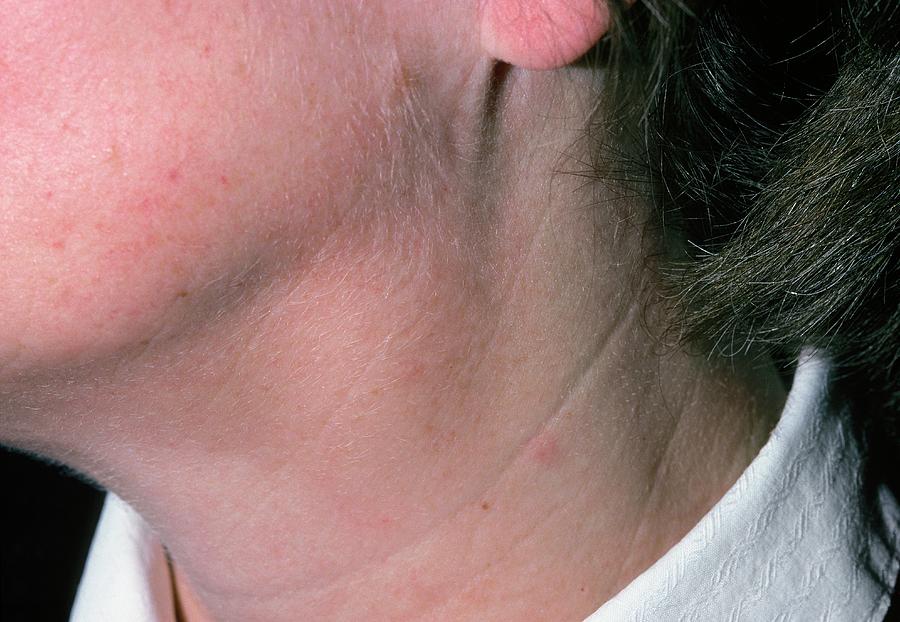

Only 10%–18% of people diagnosed with shingles suffer from postherpetic neuralgia (PHN), a complication defined as persistent pain for 90 days after infection. Within two to three days of the onset of pain, a blistery rash starts to show, typically on one side of the body. The main symptom during this phase is pain, often described as stabbing, burning, or prickling. This stage often occurs approximately 48 hours before the rashes appear on the skin. Here is a brief overview of the stages of shingles: Pre-eruptive (prodromal) phase However, it is vital to note that symptoms vary based on the stage of the infection. If you experience any of these symptoms, seek immediate medical attention.

These signs could include the following:Ī painful rash with a tingling or burning sensation within a dermatomeįluid-filled blisters that open, dry up and eventually fall off What are the common symptoms of shingles?Ĭommon symptoms of shingles often affect a small area on one side of the body. However, it is not always easy to pinpoint the affected area by swollen lymph nodes alone without the help of a healthcare professional. Note that swollen lymph nodes usually appear in the infected region. The fluid travels through the lymph nodes and vessels before being filtered and returned to the bloodstream. Each lymph node is connected via lymphatic capillaries that transport lymph, a clear, watery fluid containing lymphocytes. Over 600 lymph nodes exist throughout different parts of the body, including the bowels, abdomen, torso, groin, armpits, and neck. Eventually, the blisters will burst open, ooze, or dry up. The rash usually appears on one side of the face, neck, or around the eye, but it can appear anywhere.
#Swollen lymph nodes in groin female skin#
The band of blisters is often limited to a single dermatome, an area of the skin ‘served’ by nerves from a single spinal root. The shingles rash usually manifests as a band of small, fluid-filled blisters, similar to those caused by chicken pox, on either the right or left side of the body, not crossing the midline. Let’s look at the connection between shingles and swollen lymph nodes and when you should consult your doctor.Īs mentioned earlier, shingle are a viral condition that manifests as a painful rash on the skin. However, swollen lymph nodes may be a sign of a more serious issue, like shingles or cancer. Usually, this is a sign that the immune system is reacting to an antigen. It is common for people to detect swollen lymph nodes in their armpits, neck, and groin.

They also help the body fight infection and disease, as antigens (substances foreign to the body) are bound by the lymphocytes (a type of white blood cell found in lymph glands and elsewhere), which help to remove them from the body. Each no larger than a baked bean, these ovoid glands are responsible for filtering the lymphatic fluid and have an important immune function. Lymph nodes play a vital role in the immune system.


 0 kommentar(er)
0 kommentar(er)
